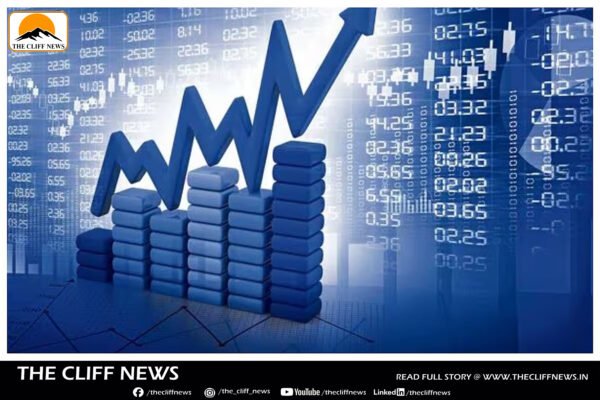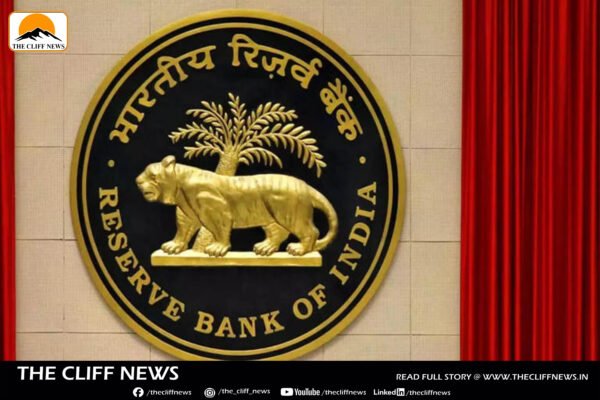HDFC Bank and ICICI Bank Rally on Strong Q4 Results, Policy Tailwinds Fuel Sector Optimism Nifty Bank Soars Past 55,000 Milestone In a remarkable turn of events for the Indian markets, the Nifty Bank index surged past the 55,000 mark for the first time ever on Monday, marking a powerful breakout amid easing global and domestic headwinds. This rally was spearheaded by stellar Q4 earnings from private sector heavyweights HDFC Bank and ICICI Bank, injecting renewed optimism into a market still navigating post-tariff volatility. HDFC Bank climbed nearly 2% to touch a 52-week high of ₹1,950.70, while ICICI Bank followed closely with a 1% gain, reaching a lifetime high of ₹1,436.00. Brokerages responded swiftly, reaffirming bullish outlooks on financials as earnings exceeded expectations. Nomura Stays Bullish on Financials Japanese brokerage Nomura highlighted the sector’s appeal, citing low earnings risk, attractive valuations, and an increasingly accommodative monetary policy. With the RBI having already cut policy rates by 50 basis points in 2025—and another 100 bps anticipated by year-end—the environment is primed for credit expansion. Furthermore, RBI’s liquidity-boosting tools—including OMO purchases, VRR operations, and forex swap auctions—have helped swing banking system liquidity into surplus. In tandem, a reduction in risk weights for NBFCs and microfinance institutions has spurred credit supply, laying a strong foundation for sectoral growth. Liquidity and Lending Outlook Brightens According to Nomura, system liquidity conditions are expected to improve further, paving the way for stronger deposit and credit growth. While the market remains cautious of NIM compression and rising credit costs, concerns over asset quality are diminishing, and banks are showing greater willingness to lend. Technical Picture Signals Strength From a technical standpoint, the Bank Nifty breakout is solid. After a 6% gain last week, the index posted a long bullish candle on the weekly chart—typically a strong indicator of sustained momentum. Ajit Mishra of Religare Broking suggests the index may now target the 55,000–57,000 range, with any pullbacks towards the 51,900–53,400 zone likely to attract buying interest, given the strong base built over a nine-month consolidation. FIIs and Macro Tailwinds Bolstering the Sector Adding to the bullish sentiment, Foreign Institutional Investors (FIIs) have made a strong comeback, pumping ₹15,000 crore into Indian equities in just three days. According to Dr. VK Vijayakumar, Chief Investment Strategist at Geojit Financial Services, FIIs are rotating into domestic consumption themes—including financials, telecom, aviation, autos, and real estate—amid weak US growth projections that are likely to keep IT under pressure. Conclusion The Bank Nifty’s record-setting rally underscores growing investor confidence in the sector’s earnings resilience, macro tailwinds, and policy support. As liquidity improves and lending appetite returns, the stage appears set for continued strength in India’s banking stocks.










